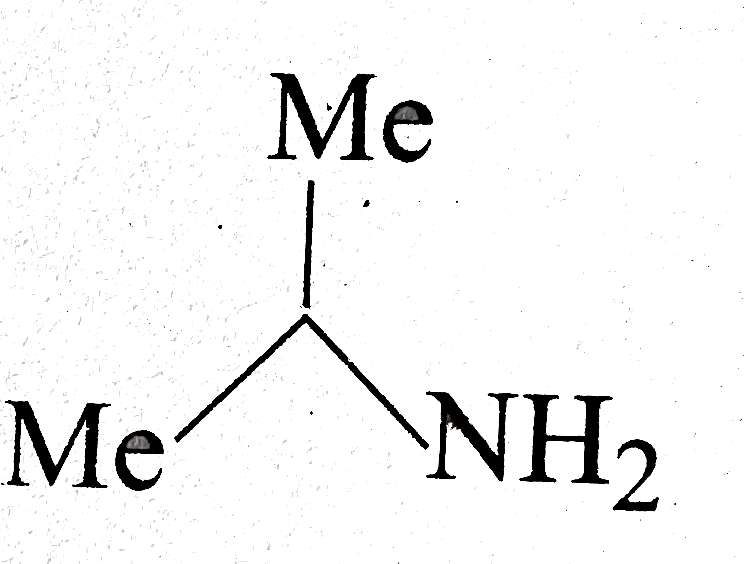Arrange the following in decreasing order of enol content:
i. Diethyl malonate
ii. Acetoacetic easter (AAE or EAA)
iii. Acetyl acetone
iv. PhCOH2COH3
(iv)>(iii)>(ii)>(i)
(iv)>(iii)>(i)>(ii)
(iii)>(iv)>(ii)>(i)
(iii)>(iv)>(i)>(ii)
The correct Answer is:A
To arrange the given compounds in decreasing order of enol content, we need to analyze each compound and its ability to form enol. Here’s a step-by-step breakdown of the solution:
Step 1: Identify the Structures
We start by identifying the structures of the compounds:
1. Diethyl Malonate:
- Structure: C2H5OOC−CH2−COOC2H5
- Enolic form: C2H5O−C(OH)=C(=O)OC2H5
2. Acetoacetic Ester (AAE):
- Structure: CH3C(=O)CH2C(=O)OC2H5
- Enolic form: CH3C(OH)=CHC(=O)OC2H5
3. Acetyl Acetone:
- Structure: CH3C(=O)CH2C(=O)CH3
- Enolic form: CH3C(OH)=CHC(=O)CH3
4. Phenylacetone (PhCOH2COH3):
- Structure: PhC(=O)CH2C(=O)CH3
- Enolic form: PhC(OH)=CHC(=O)CH3
Step 2: Analyze Enol Content
Next, we analyze the enol content based on the stability of the enol forms:
- Diethyl Malonate: The enol form is less stable due to the absence of significant stabilization factors (like intramolecular hydrogen bonding). Thus, it has low enol content.
- Acetoacetic Ester: This compound has two carbonyl groups separated by a methylene group, which allows for some enol content, but it is less than that of acetyl acetone due to the lack of strong intramolecular hydrogen bonding.
- Acetyl Acetone: This compound has a strong tendency to form enol due to intramolecular hydrogen bonding between the hydroxyl group and the carbonyl oxygen. Therefore, it has a high enol content.
- Phenylacetone: The extended conjugation due to the phenyl group enhances the stability of the enol form, resulting in the highest enol content among the compounds listed.
Step 3: Arrange in Decreasing Order
Based on the analysis above, we can arrange the compounds in decreasing order of enol content:
1. Phenylacetone (PhCOH2COH3) - Highest enol content due to extended conjugation.
2. Acetyl Acetone - High enol content due to intramolecular hydrogen bonding.
3. Acetoacetic Ester (AAE) - Moderate enol content due to two carbonyl groups.
4. Diethyl Malonate - Lowest enol content due to lack of stabilization.
Final Order
Thus, the final order of decreasing enol content is:
Phenylacetone > Acetyl Acetone > Acetoacetic Ester > Diethyl Malonate
We start by identifying the structures of the compounds:
- Structure: C2H5OOC−CH2−COOC2H5
- Enolic form: C2H5O−C(OH)=C(=O)OC2H5
- Structure: CH3C(=O)CH2C(=O)OC2H5
- Enolic form: CH3C(OH)=CHC(=O)OC2H5
- Structure: CH3C(=O)CH2C(=O)CH3
- Enolic form: CH3C(OH)=CHC(=O)CH3
- Structure: PhC(=O)CH2C(=O)CH3
- Enolic form: PhC(OH)=CHC(=O)CH3
Next, we analyze the enol content based on the stability of the enol forms:
Based on the analysis above, we can arrange the compounds in decreasing order of enol content:
2. Acetyl Acetone - High enol content due to intramolecular hydrogen bonding.
3. Acetoacetic Ester (AAE) - Moderate enol content due to two carbonyl groups.
4. Diethyl Malonate - Lowest enol content due to lack of stabilization.
Thus, the final order of decreasing enol content is:
Phenylacetone > Acetyl Acetone > Acetoacetic Ester > Diethyl Malonate
Topper's Solved these Questions
- ISOMERISMBOOK - CENGAGE CHEMISTRY ENGLISHCHAPTER - ISOMERISMEXERCISE - Single correct answer type
13 Videos
- ISOMERISMBOOK - CENGAGE CHEMISTRY ENGLISHCHAPTER - ISOMERISMEXERCISE - Single correct answer type (Exercise)
65 Videos
- ISOMERISMBOOK - CENGAGE CHEMISTRY ENGLISHCHAPTER - ISOMERISMEXERCISE - (Linked Comprehension Type)Exercise
13 Videos
- IONIC EQUILIBRIUMBOOK - CENGAGE CHEMISTRY ENGLISHCHAPTER - IONIC EQUILIBRIUMEXERCISE - Archives Subjective
28 Videos
- NCERT BASED EXERCISEBOOK - CENGAGE CHEMISTRY ENGLISHCHAPTER - NCERT BASED EXERCISEEXERCISE - Chemical Equilibrium
73 Videos
Similar Questions
Knowledge Check
Arrange the following in decreasing order of their boiling points:
(I) n-Butane
(II) 2-Methylbutane,
(III) n-Pentane
(IV) 2,2-DimethylpropaneAIgtIIgtIIIgtIVBIIgtIIIgtIVgtICIVgtIIIgtIIgtIDIIIgtIIgtIVgtI
Arrange the following in the decreasing order of their melting points:
I. Decane II. Nonane
III. Octane IV. Heptane
View SolutionArrange the following in the increasing order of boiling points:
(i) Acetaldehyde (ii) Acetic acid
(iii) Ethyl alcohol (iv) CH3OCH3 (v) CH3CH2CH3
View SolutionArrange the following in the increasing order of boiling points:
(i) Acetaldehyde (ii) Acetic acid
(iii) Ethyl alcohol (iv) CH3OCH3 (v) CH3CH2CH3
View SolutionArrange the following in the increasing order of boiling points:
(i) Acetaldehyde (ii) Acetic acid
(iii) Ethyl alcohol (iv) CH3OCH3 (v) CH3CH2CH3
View SolutionArrange the following in the decreasing order of their basic strength :
i. PhNH2 ii.EtNH2 iii. Et2NH iv, NH3
View SolutionArrange the following in the decreasing order of their boiling points:
(i) n-Butyl chloride (ii) Isobutyl chloride (iii) ter-Butyl chloride.
View SolutionArrange the following in the decreasing order of their boiling points:
I. C9H20 II. C8H18
III.
View Solution



